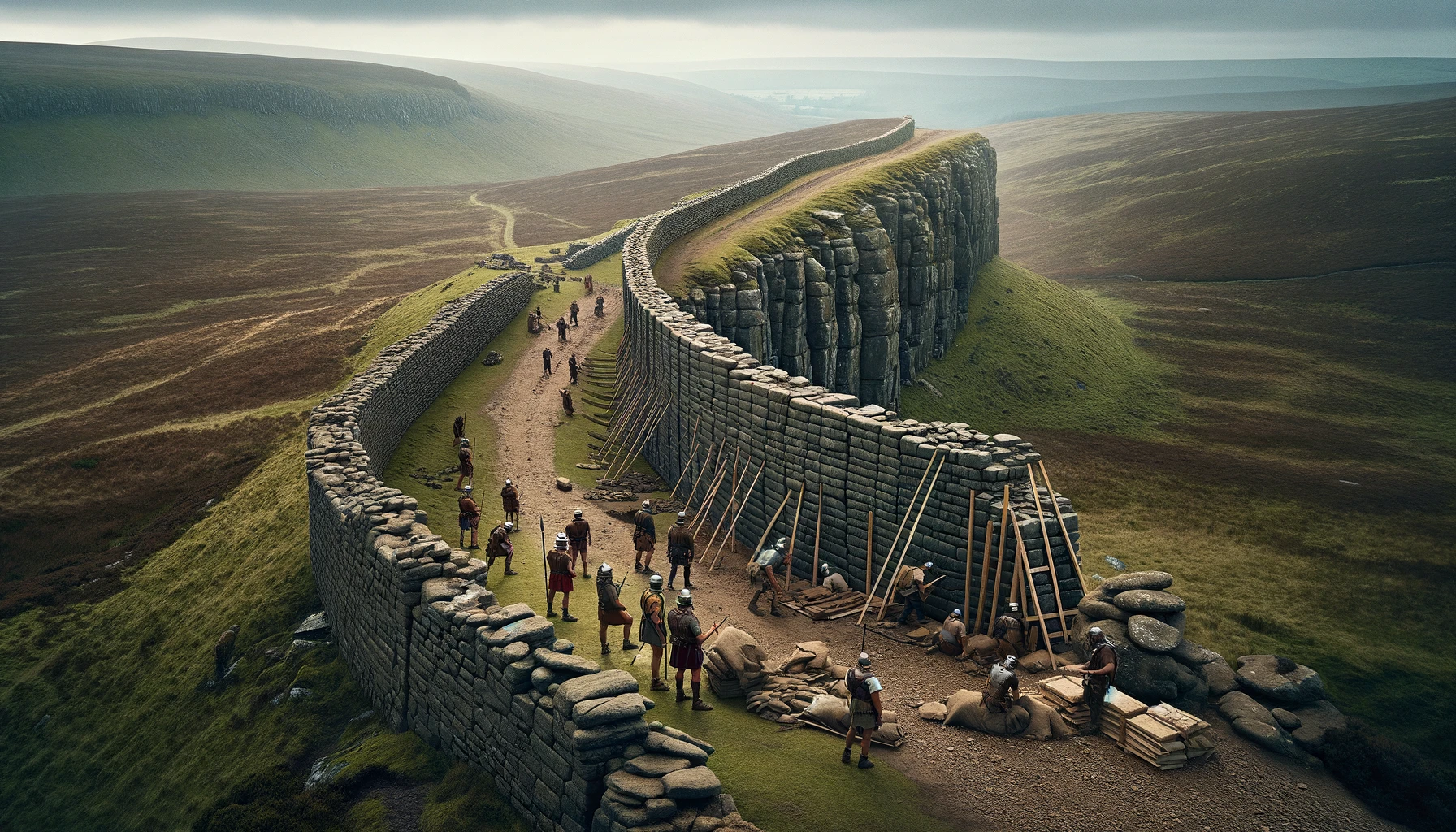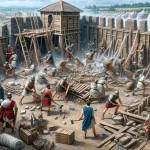Hadrian’ Background
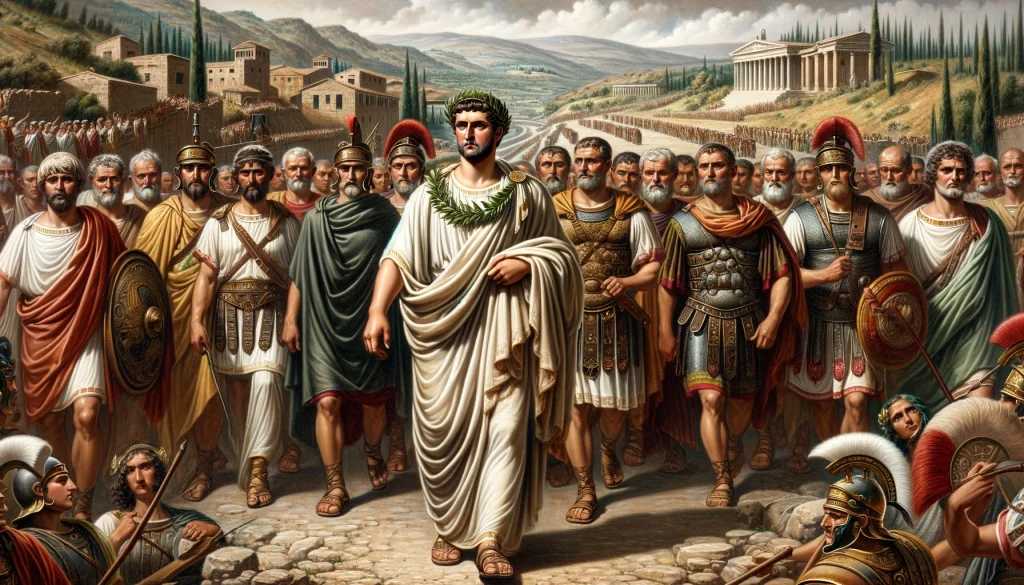
Hadrian had spent much of his reign traveling through the provinces and conducting personal inspections. His presence among the frontier armies boosted morale and bolstered his reputation. The groundwork laid by Nerva and Trajan allowed him to shift focus from Roman politics to areas where he excelled: revitalizing civil and military structures and fortifying frontiers. Like Trajan, Hadrian hailed from Spain, marking him as only the second provincial-born Emperor to rise to such prominence.
Trajan epitomized the Roman ethos and its accompanying lifestyle. Despite his provincial origins, he was thoroughly Roman, advocating for the empire’s expansion through conquest and holding traditional values like family and legacy in high esteem.
Hadrian, however, was more nuanced. He moved away from the traditional Roman doctrine that conquest was essential to Roman identity. Although he shared Trajan’s commitment to construction and family values, Hadrian was heavily influenced by Greek culture and architecture. He often found himself at odds with the Senate but was the type of leader needed at the time—one focused on reform and unifying the provinces under a single Roman nation.
Under Hadrian, the Roman Empire’s expansionist policies halted. Some argue this indicated a softening of the empire, planting the seeds of its eventual decline. Nonetheless, this shift was voluntary, with the Romans choosing a new path. This period of peace lasted approximately three-quarters of a century before unrest began to surface.
Hadrian’s reign began amidst conflict. He faced three major uprisings and questions about the legitimacy of his succession. Traditionally, an outgoing Emperor would name a successor, but rumors suggested Trajan hadn’t named Hadrian. This led to a conspiracy by four former consuls, who were condemned and executed by the Senate. Despite this, suspicions lingered, casting a shadow on Hadrian’s early reign.
Hadrian was an Emperor for all, both military and civilian. His travels beyond Rome led to the notion that the capital of the Roman Empire was wherever he resided. This mobility suggested that Rome did not require a stationary Emperor and could be effectively governed from any location within its borders.
Hadrian Arrives in Britain
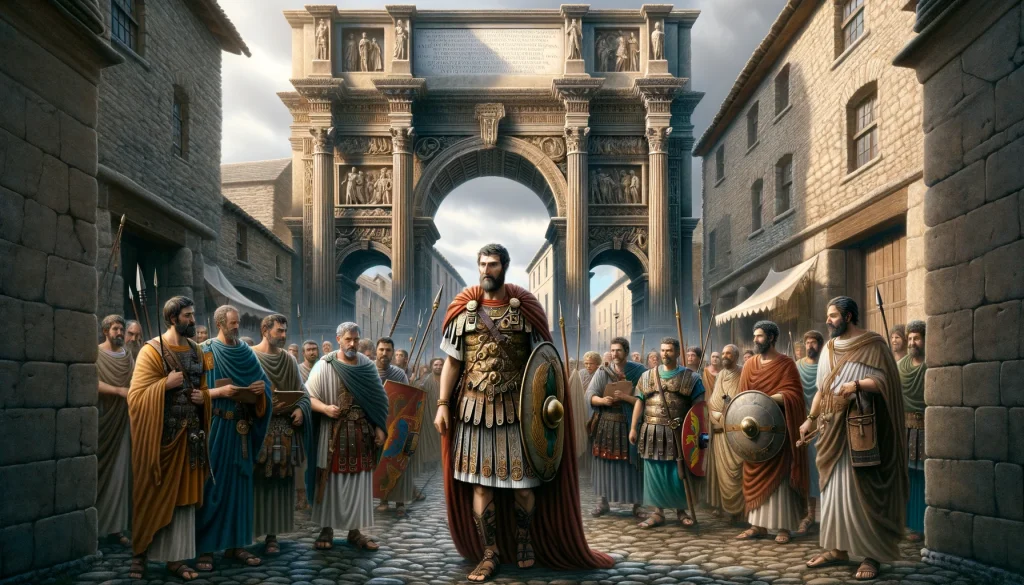
When Hadrian assumed power, Britain was in a state of turmoil. He visited the region in 122 AD, following a period of unrest from 118-122 AD under the governance of Q. Pompeius Falco. The specific reasons behind these revolts remain uncertain, but it was evident that there was a faction of dissenters in Britain. It was unclear whether this faction originated from south of Scotland or from within the more northerly territories. By Hadrian’s arrival, relative stability had been restored to the island, a condition he intended to maintain. His initial decision upon reaching Britain was to appoint Aulus Platorius Nepos as the new governor. Together, they conceived the plan for the boundary later known as Hadrian’s Wall. Accompanying Hadrian was the new legion, Legio VI Victrix, which came to replace the existing Legio IX Hispana. The Legio II Augusta, Legio VI Victrix, and Legio XX Valeria Victrix were instrumental in constructing this sophisticated frontier dividing England and Scotland, a project that showcased Roman engineering prowess and underwent multiple modifications during its build.
Hadrian’s Wall was more than a mere divide between Roman England and what was perceived as the barbaric north of Scotland; it included Roman outposts beyond its northern side. The wall was designed to solidify Roman control over southern Scotland. Hadrian’s innovative approach involved integrating a linear barrier with forts and watchtowers, all connected by a road. This strategy was first implemented in Germany under Domitian. The structure’s primary advantage lay in its ability to fend off attacks and facilitate border patrols, thereby enabling efficient control over the movements of the northern tribes.
Hadrian’s Wall
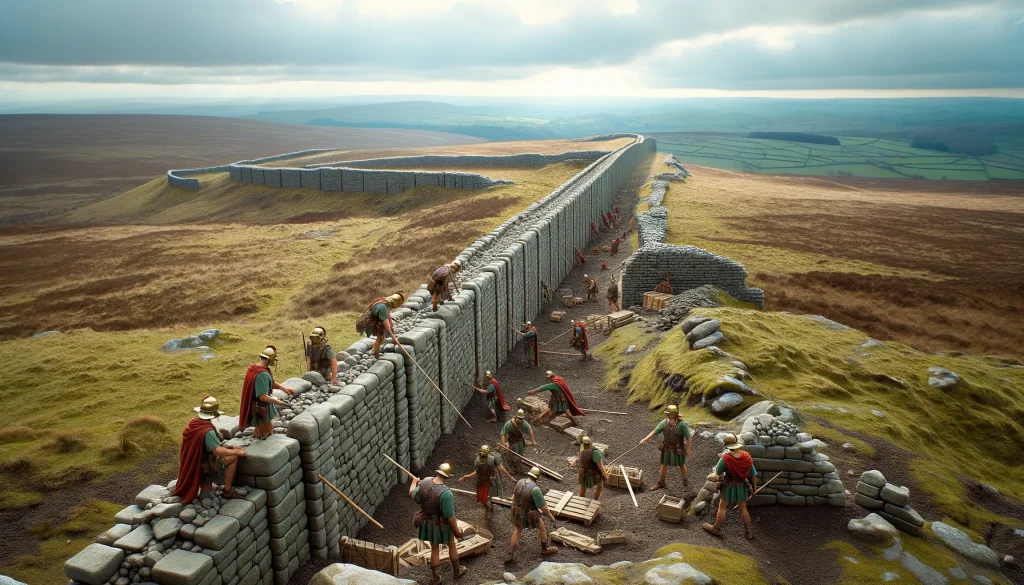
Hadrian’s Wall, a monumental construction project, began its course in the west at Kirkbride, extending through Carlisle and the valleys of the Tyne, Irthing, and Eden rivers. Constructed along the highest ground for expansive northern views, the wall’s trajectory closely followed the rivers from sea to sea.
The emperor Hadrian’s 122AD visit to Britain required considerable pre-planning, and it would seem that the actual line of the Wall was scouted-out in the year prior to Hadrian arriving at the northern frontier, where his large residential building has been identified at Chesterholm/Vindolanda on the Stanegate. The initial surveying of the Wall’s route was supervised, then, by governor Quintus Pompeius Falco (c.118AD to 122AD) who had been sent to crush the recent Brigantian revolt and returned to Rome in the emperor Hadrian’s train, leaving his successor Aulus Platorius Nepos (122AD to c.125AD) to implement the actual building of the monumental frontier.
Throughout its existence, the wall underwent various modifications. Excavations reveal its initial construction starting in the east, intended to be entirely stone-built, about 3.1m (10 ft) wide and 3.7-4.6m (12-15 ft) high. The presence of a walkway atop the wall remains uncertain. The wall’s composition changed to turf construction beyond the River Irthing. The western end saw a substitution of limestone with sandstone, preferred for its superior building quality and lime mortar content. The turf section of the wall measured 6.2m (20 ft) wide and about 3.7m (12 ft) high. A defensive ditch, potentially concealing spikes at the bottom, ran in front of the wall.
The wall featured ‘milecastles’ about a Roman mile apart, interspersed with stone turrets. The milecastles, initially of earth and timber, and the non-vertical design of the wall, made scaling by invaders challenging. Stone bridges were constructed over the North Tyne and Irthing to connect the turf and stone sections.
Alterations were made during construction, including reducing the central section’s width to 2.5m (8 ft) and repositioning fighting garrisons closer to the wall. This change likely stemmed from advancements allowing a thinner wall to retain strength. Some turf sections were replaced with 2.8m (9 ft) wide stone. The fort at Wallsend, east of Newcastle, appears to have been an additional inclusion. Garrisons were moved onto the wall for efficient troop deployment and patrol management.
Subsequent modifications introduced the Vallum, large earthworks behind the wall. This feature, consisting of a 6.2m (20 ft) wide, 3.1m (10 ft) deep ditch with flanking mounds, created a controlled zone south of the wall, likely for security and logistical purposes.
Some modern estimates of labour expended on the Wall include: 30 million facing stones quarried, shaped, transported and laid; 10 million gallons of water used to make mortar for the rubble core; 1 million cubic yards of earth removed from the ditch fronting the Wall.
Hadrian’s lavish spending on construction projects, including the wall, led to budget overruns, a common occurrence even in modern government projects. The wall’s complex construction, with frequent rebuilding and varying methods, indicates ongoing development of techniques during its construction. Despite challenges and complexities, the frontier effectively served its purpose in the long run.
The Effects of Hadrian’s Wall
Prior to the construction of Hadrian’s Wall, the expansion of the economy and lifestyle in Northern England was hindered by the perpetual threat of invasions from the north. The Romans had significantly enhanced the living standards, not only through architectural developments but also in aspects like agriculture. Under Roman influence, the English learned advanced farming techniques, leading to larger harvests and a wider variety of crops. Such progress likely invoked envy in the Scottish tribes, who might have been tempted to conduct raids to seize these benefits.
However, Hadrian’s Wall was just one of Hadrian’s many accomplishments. His reign saw extensive building projects not only on the frontier but also in urban centres like London (Londinium), Leicester (Ratae Coritanorvm), Wroxeter (Viroconivm Cornoviorum), and Caistor St. Edmund, Norwich (Venta Icenorum). These developments spanned both civil and political realms. The security provided by Hadrian’s initiatives led to the cultivation of previously abandoned farmland, contributing to a more stable and prosperous Britain in economic and social terms. This era also saw the emergence of new industries and service occupations, bolstered by government support for private enterprise. This period of growth and stability continued until Hadrian’s death in 138 AD, marking a significant phase in British history.
